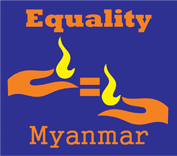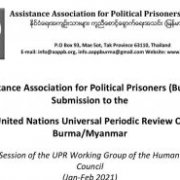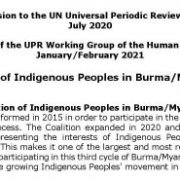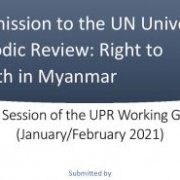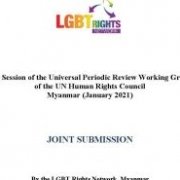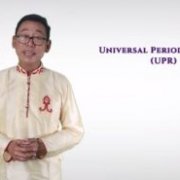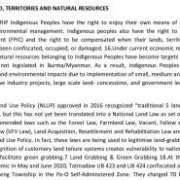IP UPR facts sheet -COLLECTIVE RIGHTS OF INDIGENOUS PEOPLES
Burma/Myanmar is one of the largest and most diverse countries in Southeast Asia with a population of about 54 million. The 2014 National
Census did not reveal the ethnic composition data, thus there is no accurate information about Indigenous Peoples, partly due to lack of recognition and restrictions on self-identification in the census. Estimates suggest that Indigenous Peoples comprise around 40 percent of the population and occupy 60 percent of the land in the country. Indigenous Peoples are broadly sub-grouped under the eight main categories known as ‘national races’ – Kachin, Kayah, Kayin, Chin, Mon, Bamar, Rakhine, and Shan, which
undermines their rights to self-identification.
For example, Naga, Danu and Tavoy (Dawei) Indigenous Peoples do not identify themselves as belonging to any of those broad categories.
Although Burma/Myanmar voted in favour of the UN Declaration on the Rights of Indigenous Peoples (UNDRIP) in 2007, the 2008 Constitution
of Myanmar does not recognise the existence of Indigenous Peoples and instead refers to the national races.
